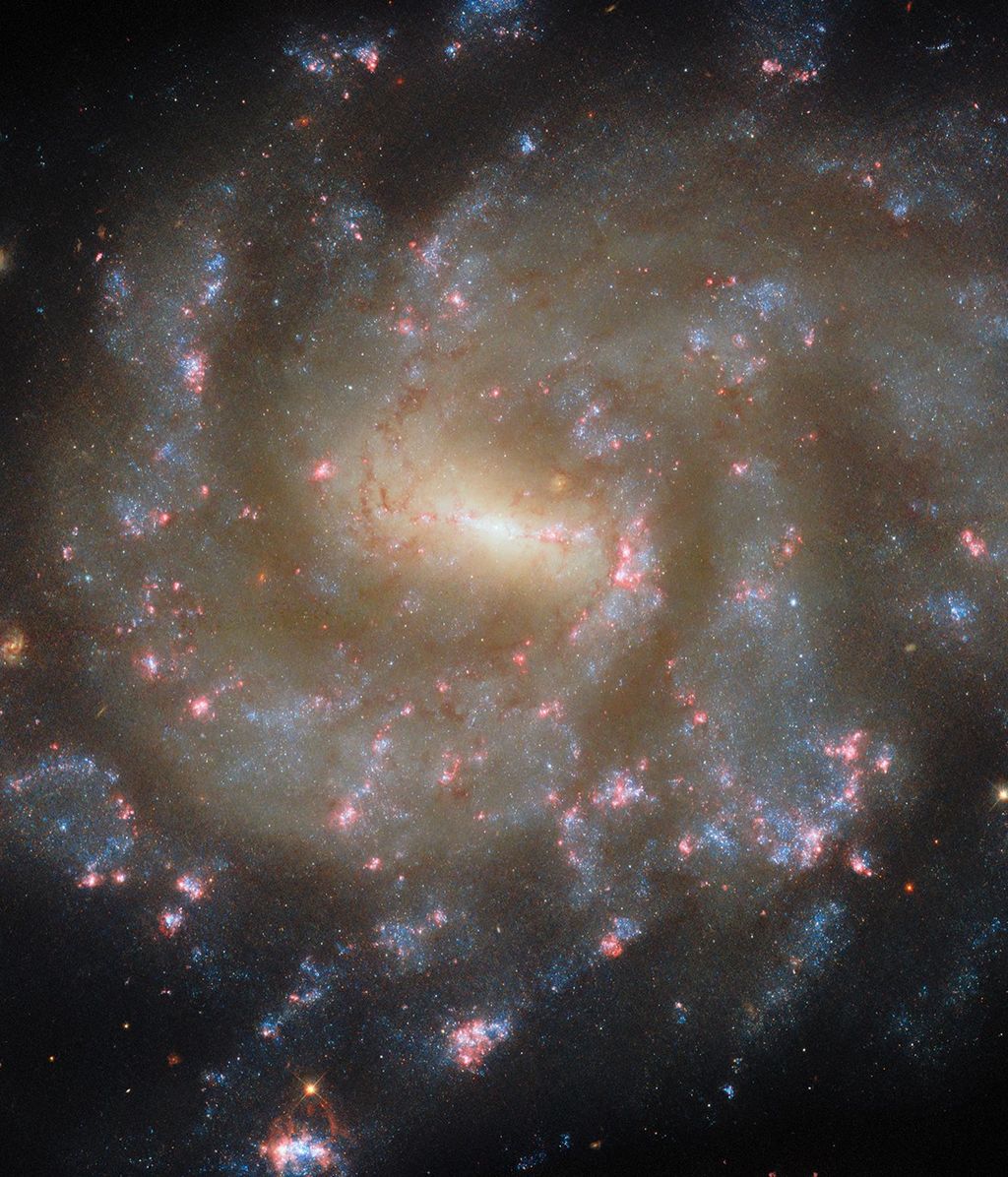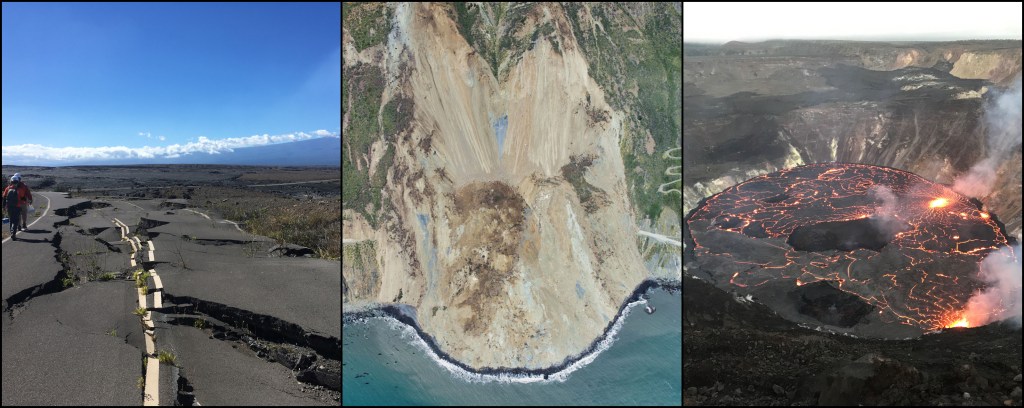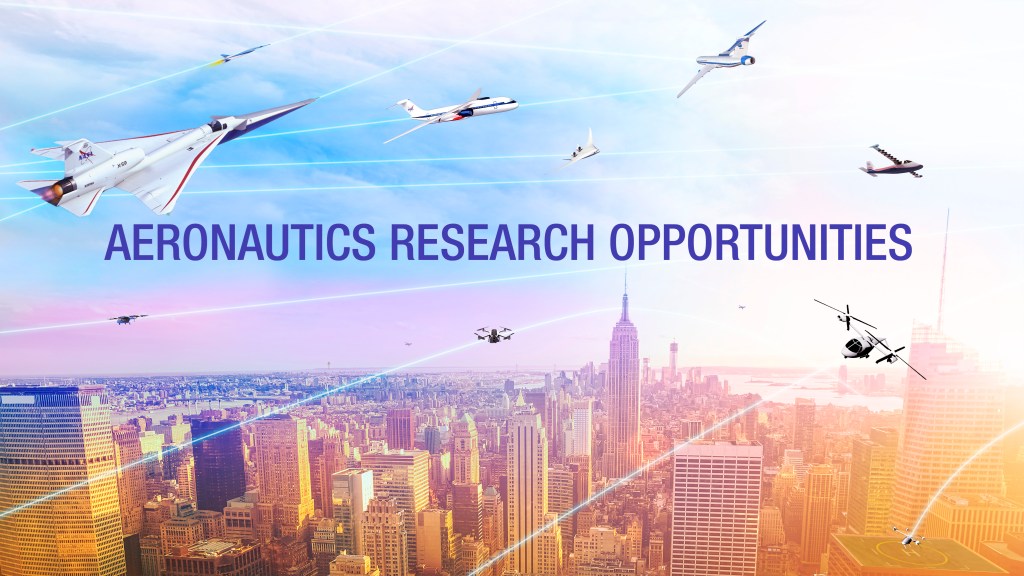Space Physics, Biology Studies Wrap Week Aboard Space Station
Space physics topped the International Space Station research schedule on Friday followed by ongoing biology studies. Earth observation duties and a variety of lab maintenance were also on the schedule for the Expedition 73 crew at the end of the week.
Observing how microgravity affects physics aboard the orbital outpost gives engineers an opportunity to design innovative products and solutions benefitting industries on Earth and in space. The insights unobtainable in Earth’s gravity have helped improved the quality of medicine, food, household products, and a wide array of other products and services.
Station Commander Takuya Onishi from JAXA (Japan Aerospace Exploration Agency) wrapped up operations of the Colloidal Solids experiment studying the behavior of tiny particles (colloids) and proteins in water. He stowed the research hardware and returned the Microgravity Science Glovebox to its standard configuration in the Destiny laboratory module. The results from the physics investigation may inform the space-based production of pharmaceuticals and protein crystallization to improve human health.
NASA Flight Engineer Anne McClain also worked in Destiny swapping sample cartridges inside the lab module’s Materials Science Laboratory (MSL). The MSL supports researching new applications for existing materials such as metals, alloys, polymers, and more, and developing new or improved materials. McClain later replaced a carbon dioxide controller inside the Space Automated Bioproduct Laboratory, a research incubator supporting the study of biological systems and processes in microgravity.
NASA Flight Engineer Nichole Ayers continued testing the performance of a 3D microscope, called the Extant Life Volumetric Imaging System, or ELVIS, inside the Kibo laboratory module. She processed samples of deep-sea bacteria for viewing inside ELVIS to demonstrate its ability to monitor water quality, detect infectious organisms on spacecraft, and research colloids, or suspensions of particles in a liquid.
NASA Flight Engineer Jonny Kim focused on orbital maintenance keeping up life support systems and stowing cargo throughout the day. He first inspected fan filters on an EXPRESS rack, a multipurpose research rack, in the Columbus laboratory module searching for potential debris not accessible during normal cleaning duties. Following that work he moved to the Pressurized Mating Adapter 1 that connects the Unity module to the Zarya module and stowed a variety of hardware.
Veteran Roscosmos cosmonaut Sergey Ryzhikov wore virtual reality glasses for an investigation exploring how a crew member’s sense of balance and visual tracking adjust to microgravity. Flight Engineer Kirill Peskov continued his Earth observation duties pointing a camera outside a space station window and photographing islands and volcanos around the globe. Flight Engineer Alexey Zubritskiy kicked off his shift filling the Elektron oxygen generator tank then transferred water stowed aboard the Progress 90 cargo craft to station tanks.
Axiom Mission 4 continues its countdown to launch from NASA’s Kennedy Space Center at 8:22 a.m. EDT on June 10 aboard a SpaceX Dragon spacecraft. Veteran astronaut Peggy Whitson will command Ax-4 and lead Indian Pilot Shubhanshu Shukla and Mission Specialists Sławosz Uzanański-Wiśniewksi from Poland and Tibor Kapu from Hungary to the orbital outpost. The Ax-4 astronauts will ride inside Dragon for an autonomous docking to the station’s space-facing port on the Harmony module at 12:30 p.m. on June 11. Watch the launch and docking coverage on NASA+.
Learn more about station activities by following the space station blog, @space_station and @ISS_Research on X, as well as the ISS Facebook and ISS Instagram accounts.
Get the latest from NASA delivered every week. Subscribe here.






















